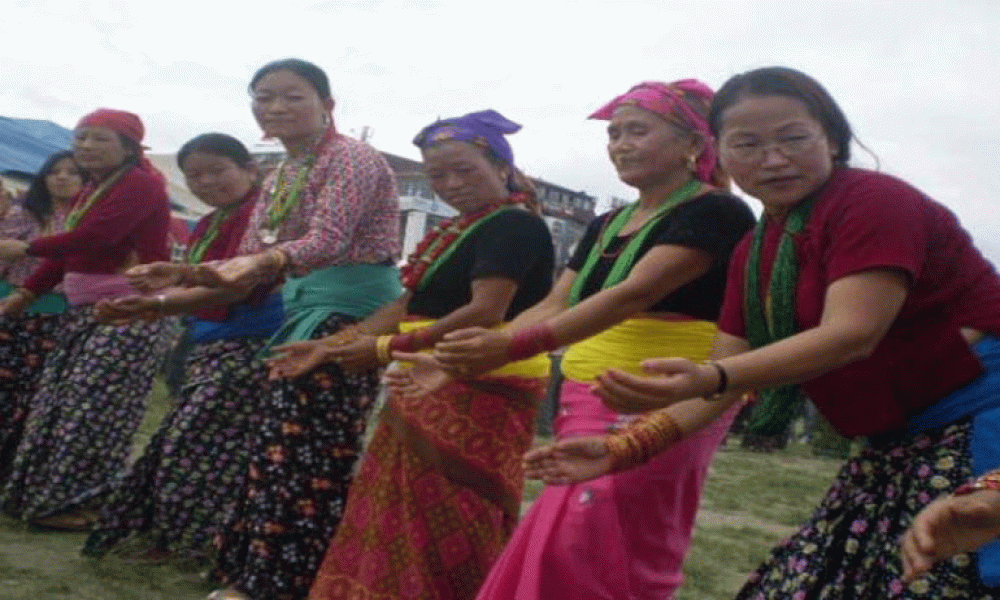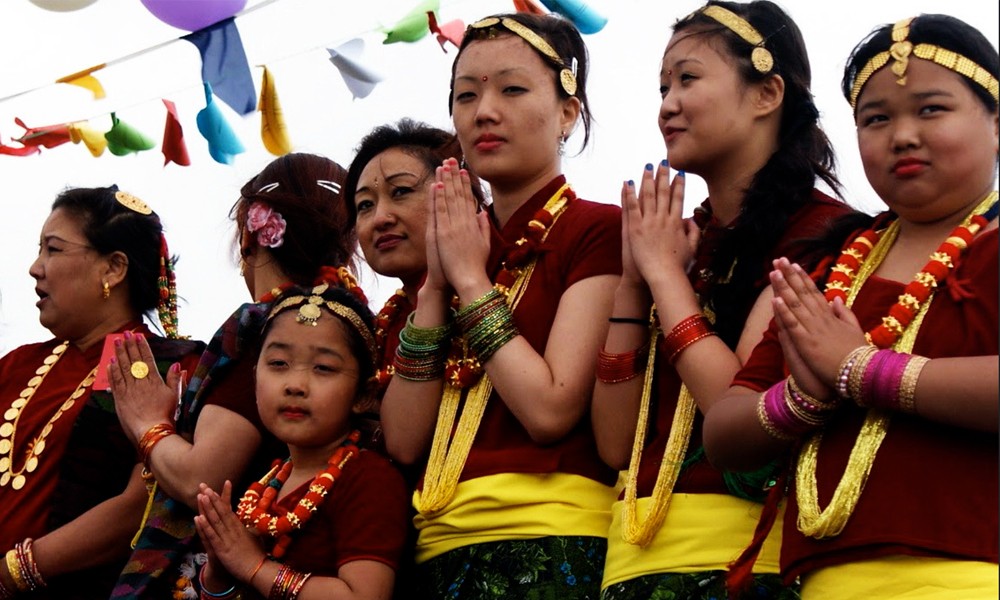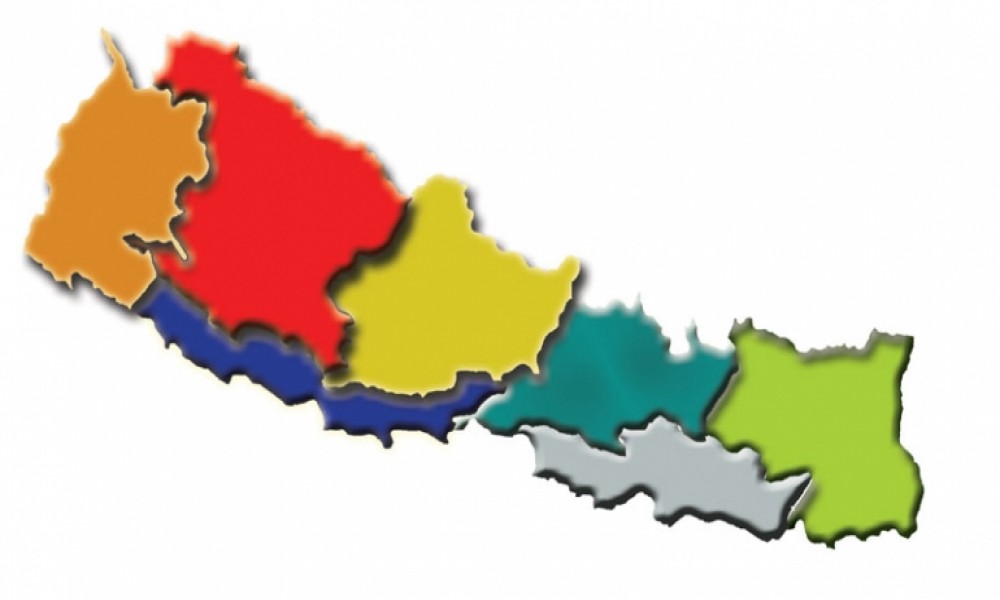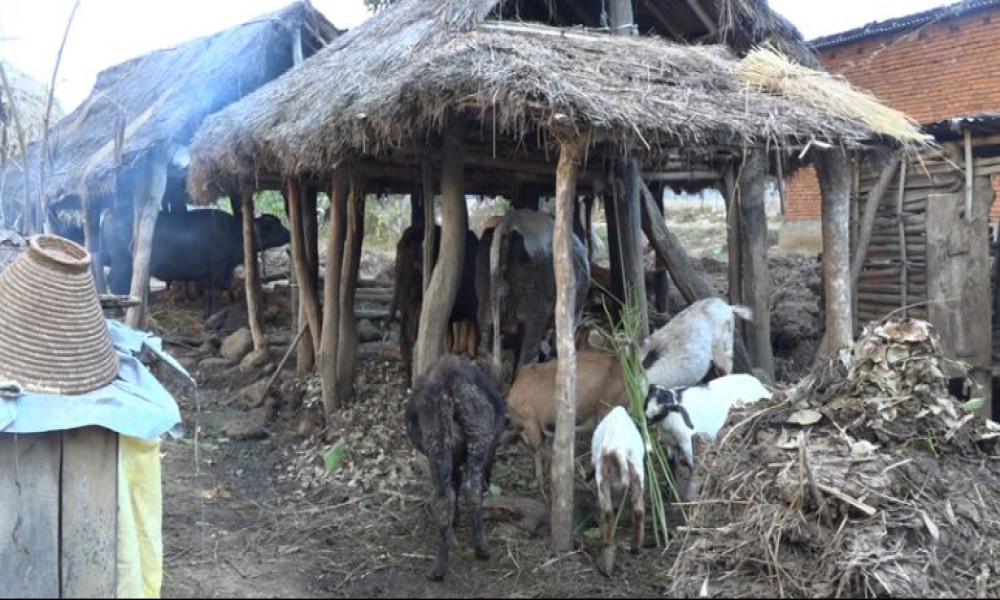Pradip Nepal
United Kirant community will be stronger to fight for collective rights and identity
I was born in a village of Bhojpur district in eastern Nepal. Next to my village was a settlement of indigenous Jimi people. When I was a child, I did not understand difference between Jimis and indigenous Rai people,. To me, Jimis were a sub caste group of Rai. And I used to consider all Rais as my own relatives. Elder men were uncles and elder women were aunties. Others were my brothers and buddies. But this article is not about me. It it about Thulungs, Kulungs, Chamlings, Sampangs, Dipasalis and many other Rai sub-caste groups with whom I shared my childhood.
A few years ago, I met one of my childhood friends. His name is Dev Raj Rai. We were close to each other ideologically, too. He told me he was researching Tuwachung Jayajum. I was happy to hear that he was involved in scholarly works. But I did not understand what Tuwachung Jayajum meant.
I was born in a village of Bhojpur district in eastern Nepal. Next to my village was a settlement of indigenous Jimi people. When I was a child, I did not understand difference between Jimis and indigenous Rai people,
"This is an attempt of tracing our roots, ancestors and identity," he said. He told me a lot about Tuwachung Jayajum. I learnt that Tuwachung Jayajum was the name of one of the origins of indigenous Rais somewhere near Halesi of Khotang district and some conscious Rais were now committee to explore and preserve it. I was happy to see them so conscious about their roots and identity.
We then departed. We were busy in our own words. But I was disheartened to see Rais being divided into different groups. Jimis started claiming themselves to be a different ethnic community -- not a sub-caste group of Rai. Some other sub-caste groups of Rai also followed suit. The divide and rule has always been a strategy of the western world, particularly the US. And in Nepal, some so-called intellectuals, influenced by the western world, have adopted this strategy to create divisions within indigenous communities like Rai. This is a ploy to weaken indigenous people. I have warned Rais and other indigenous communities against it through my articles, but some indigenous people allege that I am guided by Brahmanism.
I was rather closer to indigenous people, particularly Rais. I started eating pork quite early in my life. And my wife also belongs to indigenous Kirant community
To be sure, I did not have Chhebar, Bratabandha and other Hindu Brahmin rituals in my childhood. I was rather closer to indigenous people, particularly Rais. I started eating pork quite early in my life. And my wife also belongs to indigenous Kirant community. Even so, some people think I am guided by Brahmanism.
Five years ago, a cultural festival was organized by Kirant Rai Yayokkha, the umbrella organization of various associations of Kirant Rais, in Tundikhel, Kathmandu. I was invited there as a guest. Different Rai groups had their own stalls in the festival. Jimis had also their own stall. I stayed there for a while. Chatur Bhakta Rai, who was then President of Yayokkha, turned up there coincidently. I introduced my wife to him. He told me that I was also a semi Rai because of my wife.
I said: "Yes, I am a semi Rai. That is why I do not have to be divided. But it is disheartening to see Rais divided into many groups. At first, Rais and Limbus were divided for Khambuwan and Limbuwan. And then, Rai themselves dividing into different identity groups."
I just feel that Kirant Rais will be stronger and be able fight for their collective rights and identity if they stand together. After all, their Mundhum is same, and their origin is same: Tuwachung Jayajum.
He just smiled, and asked me to visit other stalls as well. I also did not like to drag the conversation. While roaming around, I ran into Dev Raj Rai once again. He took me to a stall where books on Kirant culture, civilization and literature were put on displace. I asked him about the progress in his research on Tuwachung Jayajum. He said it was encouraging and gave me a book on it as a gift.
As I write this article, the book on Tuwachung Jayajum is staring at me. This is an important book for those who want to learn about Kirant history. It also helps explain correlation between Hindu and Kirant culture. Hindus have countless gods. Bud Veda, the Hindu religious scripture, gives importance to just five gods: water, sky, earth, air and fire. Interestingly, Kirant Mundhum also talks about these five gods. Tuwachung Jayajum is believed to be the place of origin of all Kirant groups who were once just a single family or community. Kirant scholar Iman Sigh Chemjong and Kirant historian Kajiman Kandangwa have concluded that Kirant Rais, Kirant Limbus and Kirant Sunuwars were siblings within the same family. But they are now unfortunately struggling for separate identity. I am not an authority to comment on cohesion and division in the Kirant Rai community. I just feel that Kirant Rais will be stronger and be able fight for their collective rights and identity if they stand together. After all, their Mundhum is same, and their origin is same: Tuwachung Jayajum.
(The author is a CPN-UML leader and former minister)









